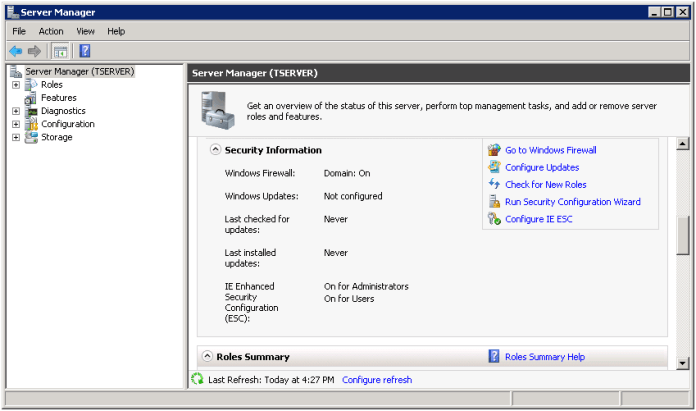

In earlier versions, the SQL Server Native Client OLE DB provider (SQLNCLI) (PROGID: SQLNCLI11) was the default OLE DB provider.
#Sql management studio 2008 r2 driver
Starting with SQL Server 2019 (15.x), the Microsoft OLE DB Driver for SQL Server (MSOLEDBSQL) (PROGID: MSOLEDBSQL) is the default OLE DB provider. These include text files, spreadsheet data, and the results of full-text content searches. Although data sources queried through linked server definitions are ordinarily databases, OLE DB providers exist for a variety of files and file formats. An OLE DB data source identifies the specific database that can be accessed through OLE DB. Linked server componentsĪ linked server definition specifies the following objects:Īn OLE DB provider is a DLL that manages and interacts with a specific data source. For information about each OLE DB provider, consult documentation for that OLE DB provider. Others provide only read-only data access.

#Sql management studio 2008 r2 update
Some OLE DB providers allow SQL Server to update data on the OLE DB source. For example, some providers require you to provide a security context for the connection using sp_addlinkedsrvlogin (Transact-SQL). OLE DB providers vary greatly in the type and number of parameters required. You can configure a linked server by using SQL Server Management Studio or by using the sp_addlinkedserver (Transact-SQL) statement. The ability to address diverse data sources similarly. The ability to issue distributed queries, updates, commands, and transactions on heterogeneous data sources across the enterprise. The ability to access data from outside of SQL Server. Linked servers offer the following advantages: They are a good solution in the scenarios where you need to implement database sharding without need to create a custom application code or directly load from remote data sources. Linked servers enable you to implement distributed databases that can fetch and update data in other databases. There are some constraints in Managed Instance that can be found here. They are not enabled in Azure SQL Database singleton and elastic pools. Linked servers are available in SQL Server Database Engine and Azure SQL Managed Instance.


 0 kommentar(er)
0 kommentar(er)
